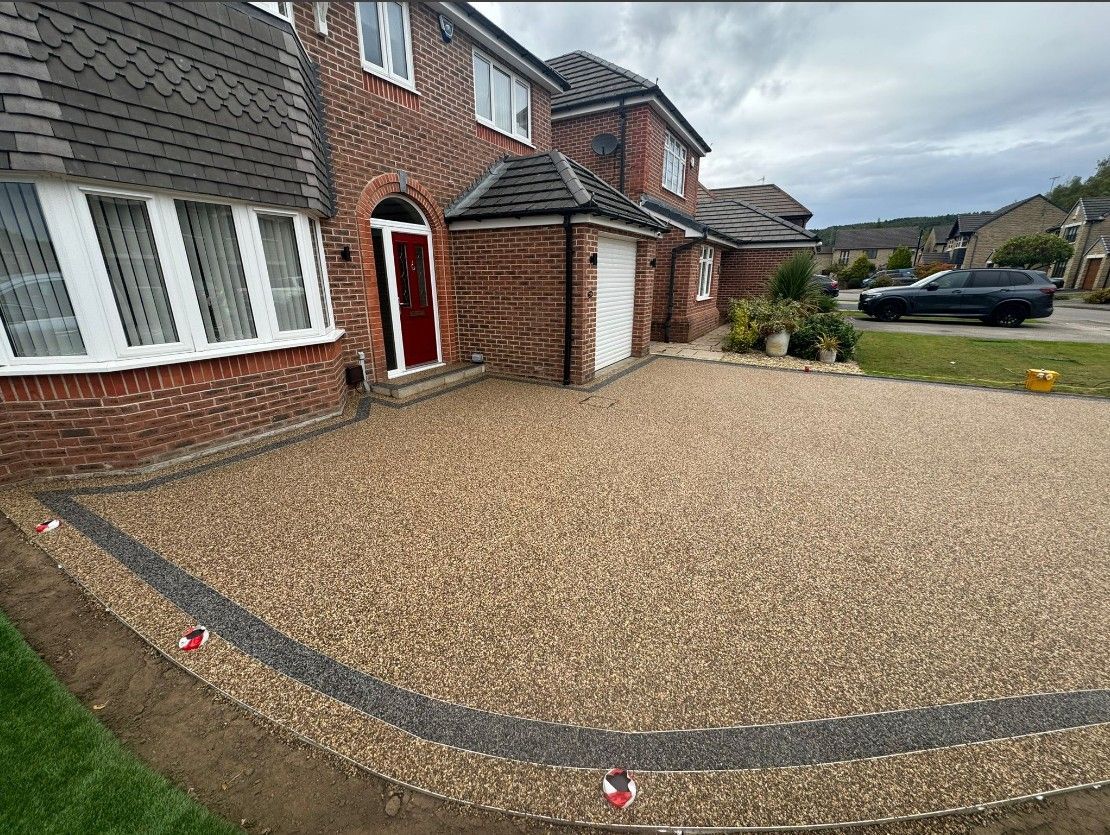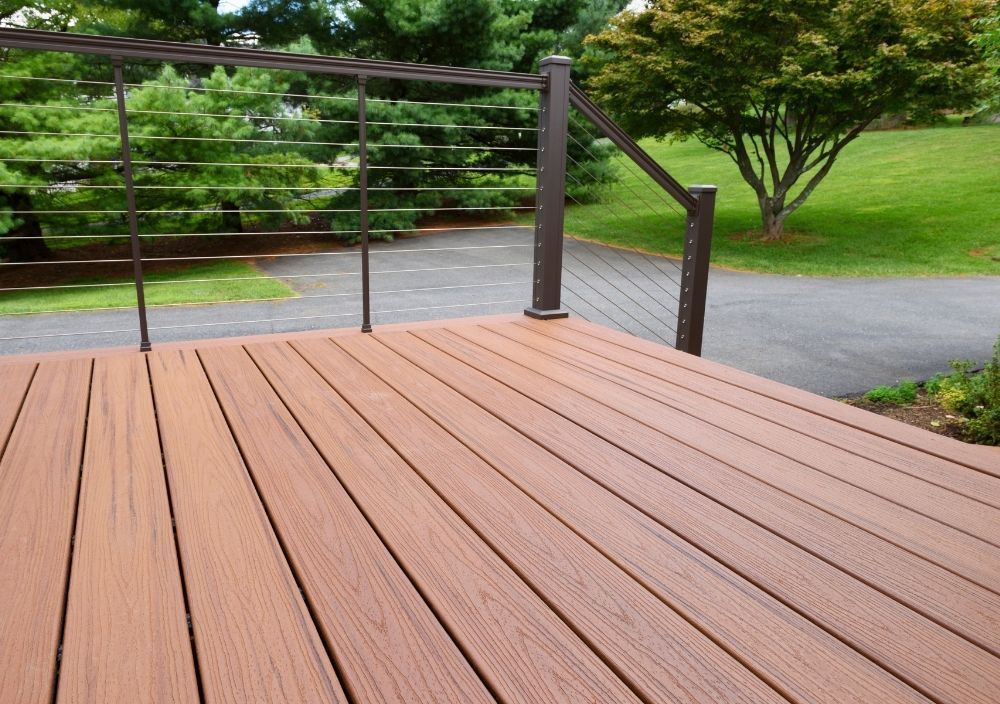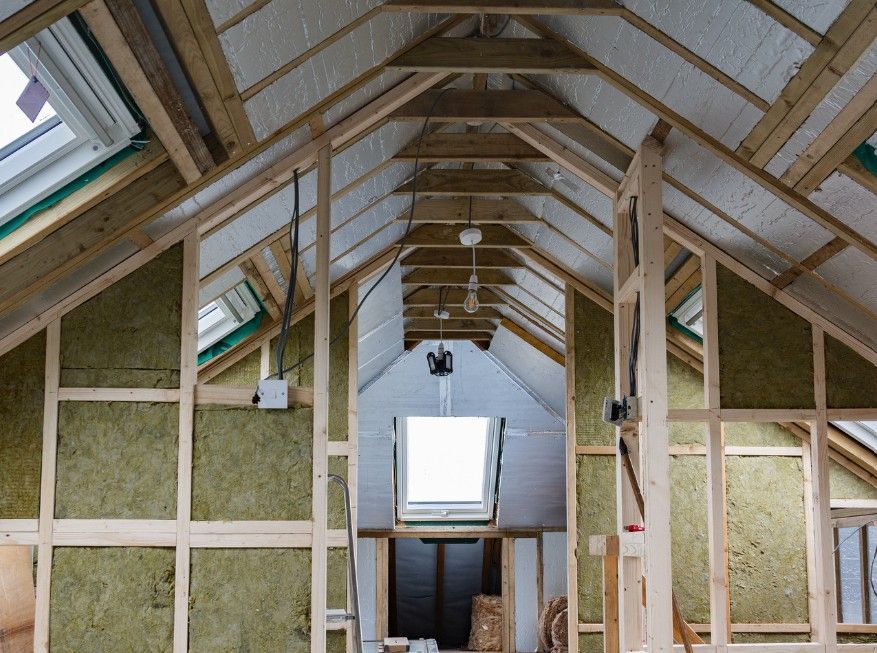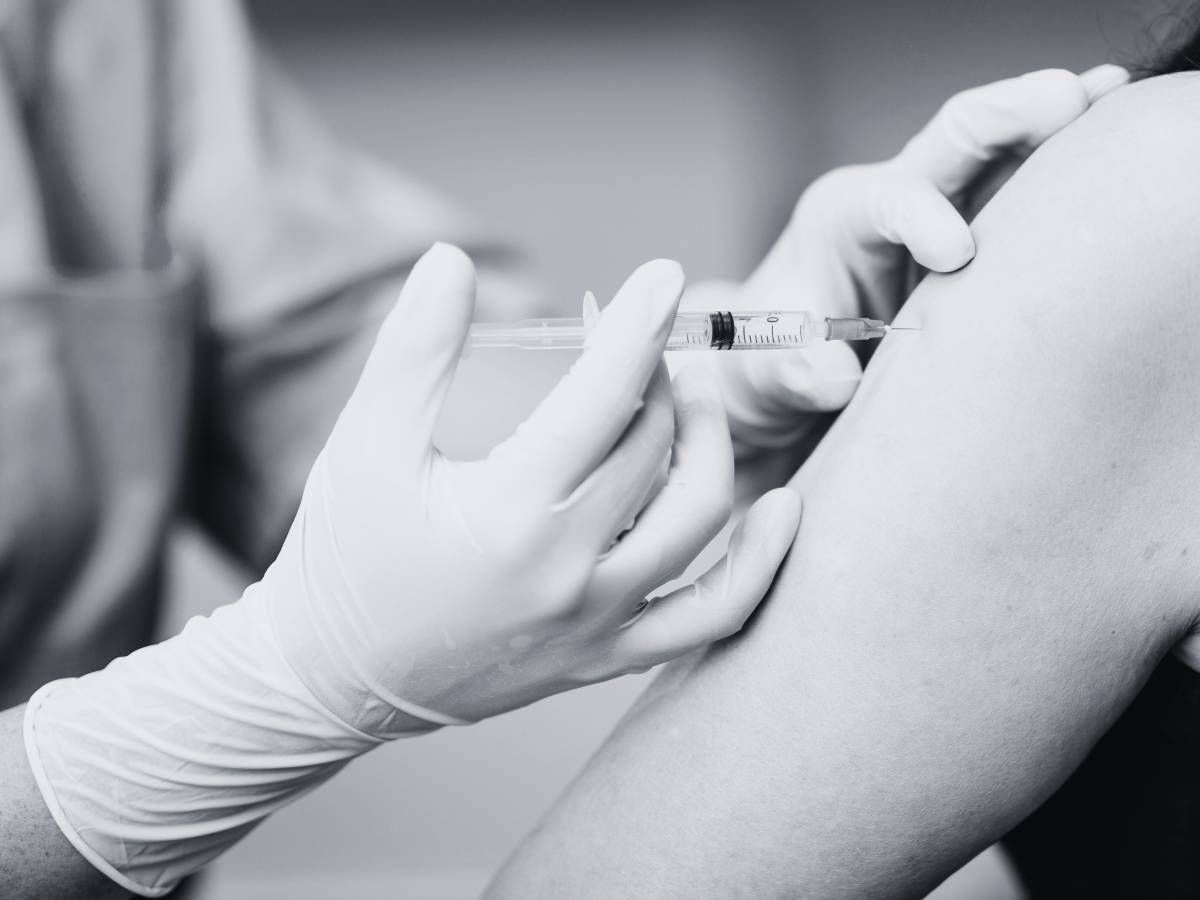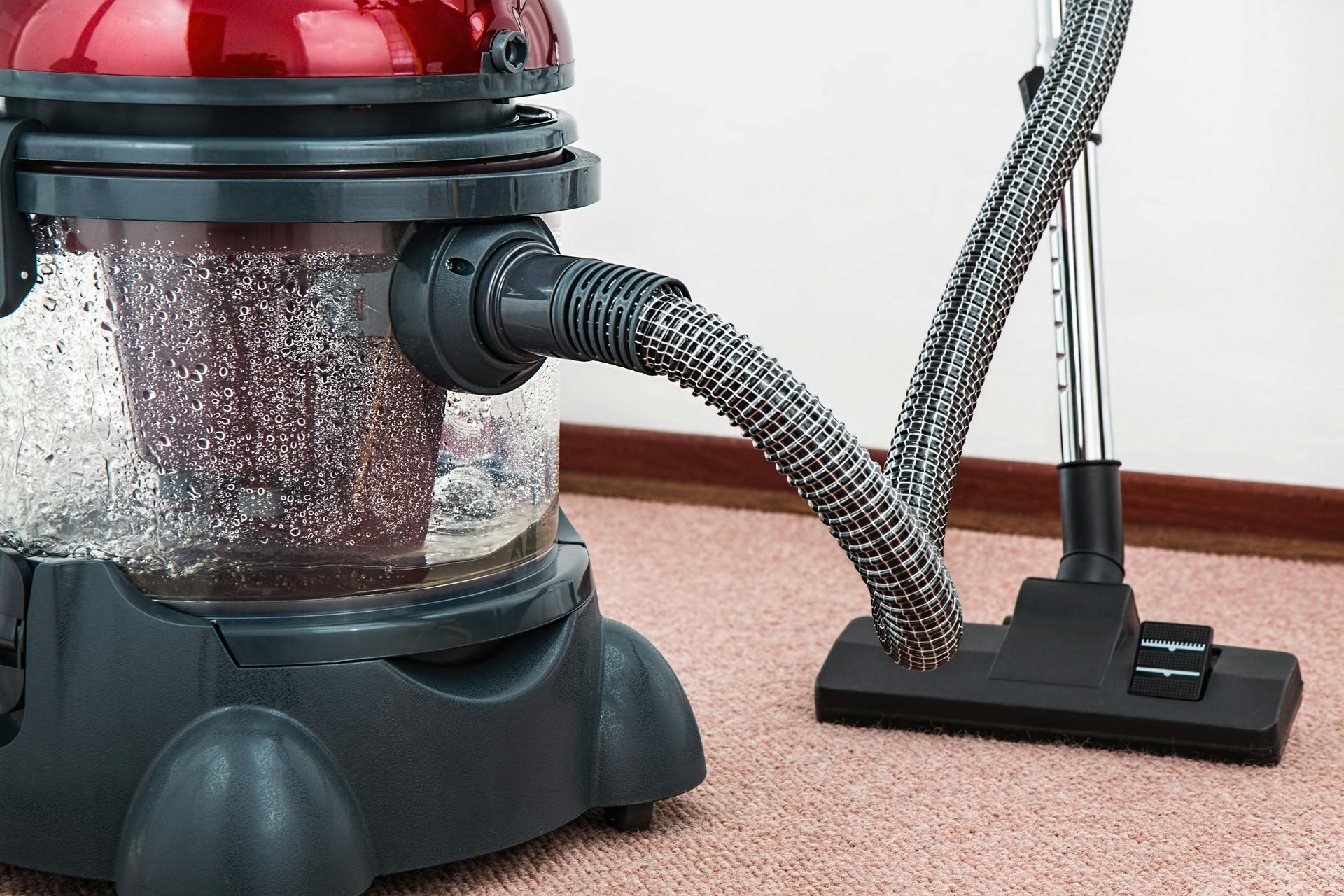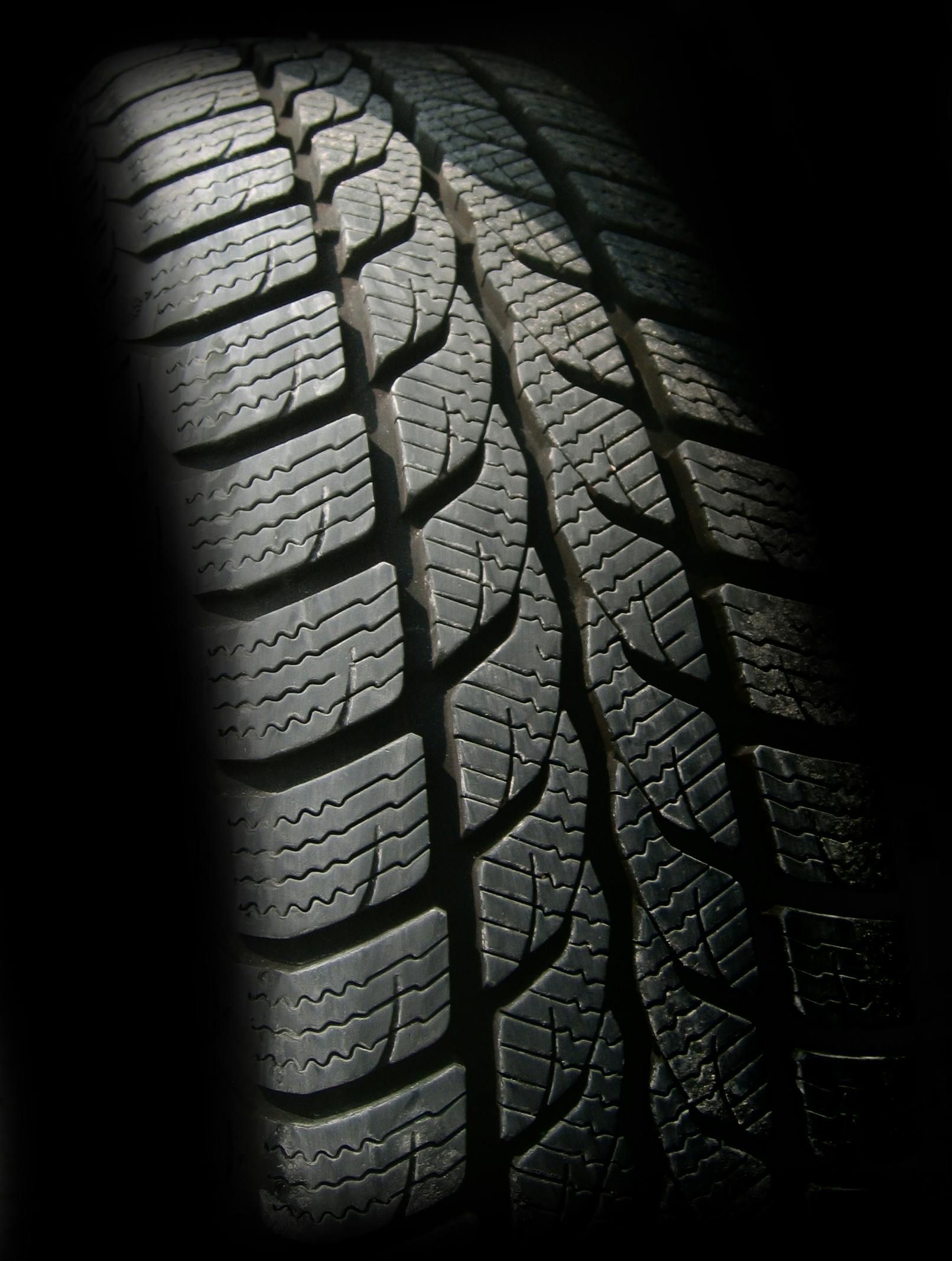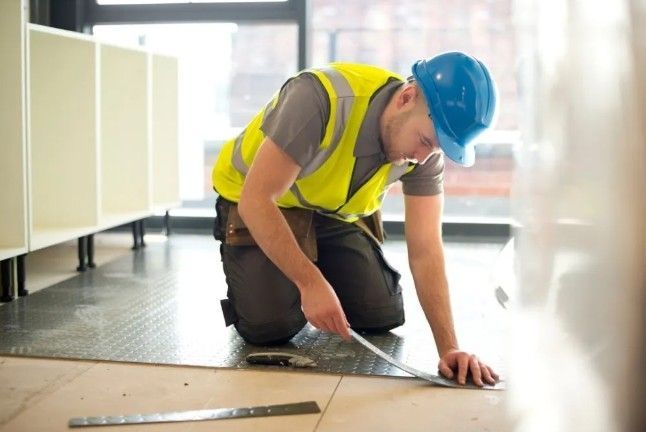Is There Really Any Difference Between Any Fake Grass and Those Labelled as Suitable for Pets?
Pet Friendly artificial grass - is there really such a thing, or is it a marketing ploy?
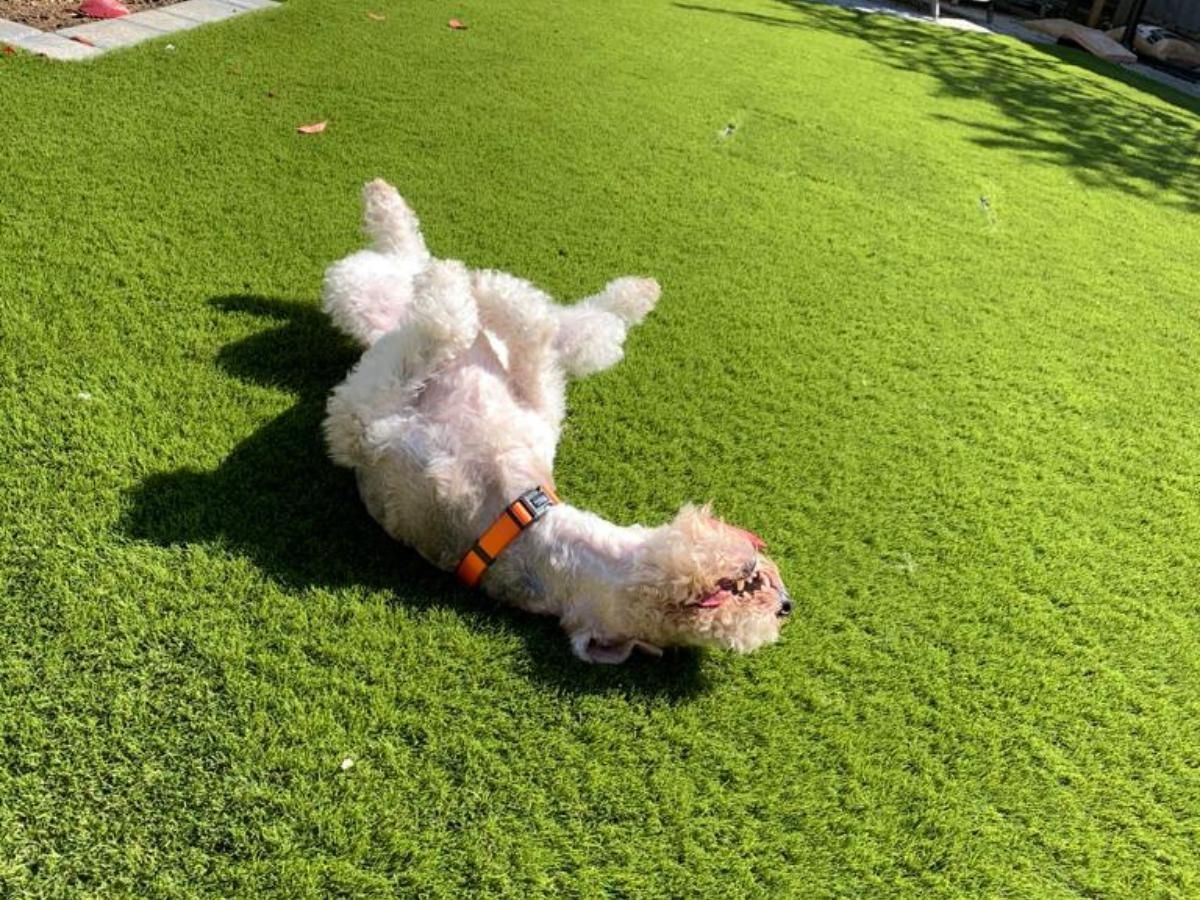
When it comes to choosing artificial grass in Barnsley for your garden or outdoor space, pet owners are often faced with a puzzling decision: should you opt for standard fake grass, or go with a variety specifically labelled as “pet-friendly” or “suitable for pets”? At first glance, most synthetic turf looks the same – green, tidy, and easy to maintain. But is there a real difference, or is the “pet-safe” label just clever marketing?
In this blog, we’ll explore the practical, material, and hygienic differences between general artificial turf and those specifically designed with pets in mind. Whether you live in Derbyshire or anywhere else in the UK, this guide will help you make a more informed choice.
Understanding Standard Fake Grass
Artificial grass has gained popularity in the UK due to its low maintenance requirements and all-year-round appeal. Standard fake grass is typically made from plastic polymers such as polyethylene, polypropylene, or nylon. It is often backed by latex or polyurethane and installed with infill (usually silica sand or rubber granules) to keep the blades upright and improve drainage.
Standard turf is great for general use – children can play on it, it looks neat without mowing, and it withstands various weather conditions. However, it wasn’t necessarily designed with the unique needs of dogs and cats in mind.
What Makes Pet-Friendly Artificial Grass Different?
Artificial grass products marketed as “suitable for pets” do have some distinguishing features. While they may look similar on the surface, they’re often engineered to handle specific issues that arise when dogs or other animals regularly use the space.
Here are key differences:
1. Enhanced Drainage Systems
Pet-friendly turf usually incorporates improved drainage holes or backing systems that allow urine to pass through more efficiently. This prevents liquid from pooling and reduces odours. Standard turf may drain slower, especially if installed without the right sub-base or infill, leading to a soggy, smelly mess over time.
2. Anti-Microbial Protection
Some high-quality pet turf includes built-in antimicrobial protection to help reduce bacteria and odour from pet waste. This is especially important in warmer months, as bacteria can thrive on surfaces exposed to sun and moisture. Most standard artificial grass lacks this feature unless explicitly stated.
3. Durability and Resilience
Pets, especially dogs, can be hard on surfaces – from digging and scratching to zoomies across the garden. Pet-friendly turf is usually made from more resilient fibres such as nylon, which has a higher tolerance for wear and tear compared to softer polyethylene blades found in basic models.
4. Odour Control Infill Options
Many suppliers of pet turf recommend or supply specific infill options, such as zeolite, which neutralises ammonia found in urine. These infills not only help with smell but also contribute to keeping the grass cooler in summer. Standard turf may use rubber crumb or basic silica, which doesn’t offer odour control benefits.
5. Safer for Pets’ Paws and Skin
Some pet-friendly turf is manufactured without harsh chemicals, heavy metals, or lead content – ensuring a safer surface for your furry friend to lie on, chew, or sniff around. Always check the product’s certification and safety testing. Cheap synthetic grass imports may not meet UK safety standards.
Can Standard Fake Grass Be Adapted for Pets?
Yes – with the right installation and maintenance, standard fake grass can work well in homes with pets. However, it requires careful planning:
- Use a proper sub-base: A crushed granite or limestone sub-base promotes better drainage than compacted soil.
- Choose a turf with high drainage rates: Even some non-pet-labelled products have excellent permeability.
- Use pet-safe infill: Replace the standard infill with zeolite or other odour-absorbing alternatives.
- Clean regularly: Frequent rinsing and enzymatic cleaners will help maintain hygiene.
If you're retrofitting an area for pets, these upgrades may cost more in time and money than simply buying pet-specific turf in the first place.
So, Is Pet-Friendly Grass Worth It?
For households where pets will frequently use the artificial lawn for toileting or play, pet-friendly fake grass is absolutely worth considering. It reduces long-term maintenance, manages hygiene more effectively, and creates a safer, more durable environment. While it may come at a slightly higher price point initially, it could save you hassle and cleaning costs down the line.
Final Thoughts
Not all fake grass is created equal – especially when pets are involved. While standard turf may suffice for occasional use, purpose-designed pet turf offers advantages in hygiene, safety, and performance. If you’re installing artificial grass in a pet-heavy household, investing in a product labelled as “pet-friendly” isn’t just a gimmick – it’s a practical choice that keeps both pets and owners happier.
Ready to work with Lexsee Business Directory?
Let's connect! We’re here to help.
Send us a message and we’ll be in touch.

